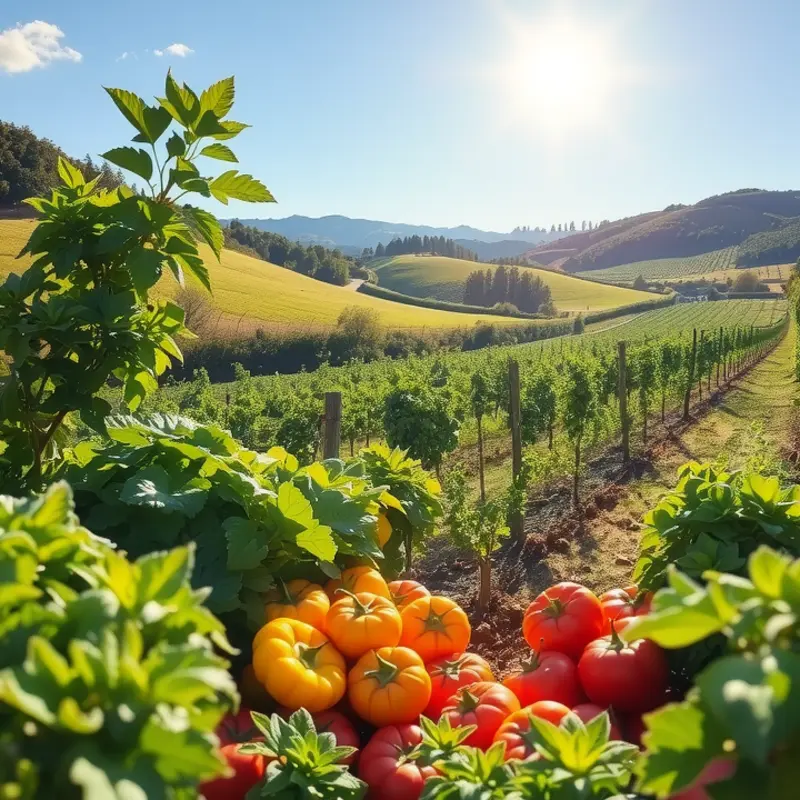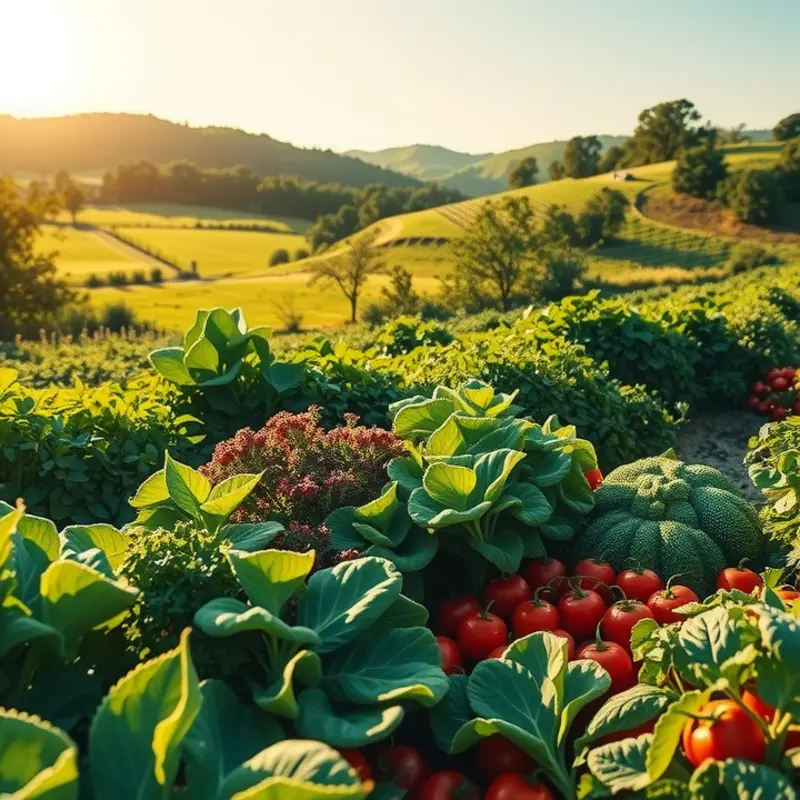Every bite of food carries a story, resonating with cultural significance and symbolism. Whether it’s the warm embrace of a comforting stew or the celebratory clinking of glasses during a wedding feast, food plays a vital role in human connection and expression across the globe. This exploration of diverse culinary traditions uncovers the meanings wrapped in foods, inviting food enthusiasts and culturally curious readers alike to appreciate meals beyond their flavors.
The Language of Ingredients: Rice and Bread as Cultural Symbols

Rice and bread are more than just nutritional staples; they are emblems of culture and society. Across the globe, these simple ingredients weave a silent yet resonant language, expressing identity, community, and sustenance.
Rice: A Symbol of Fertility and Life
In many Asian cultures, rice is a symbol of prosperity and fertility. It is not merely food; it embodies life itself. In Japan, the importance of rice is entwined with spiritual beliefs. Rituals honoring the rice harvest reflect gratitude and a connection to kami, the spirits believed to inhabit natural phenomena. Similarly, in India, rice is used in religious ceremonies and weddings, symbolizing prosperity and the continuation of life.
The communal nature of rice can also be seen in practices such as sharing a meal of rice as an act of unity. In the Philippines, boodle fights are communal eating scenarios where rice is served on banana leaves, highlighting togetherness and shared identity.
Moreover, rice’s spiritual significance plays a role in mourning. In some cultures, offering rice to ancestors demonstrates respect and remembrance, underlining rice’s role as a connection between the living and the deceased.
Bread: A Unifier Across Borders
Bread, on the other hand, is a powerful symbol of community and shared sustenance across various cultures. In the Middle East, bread is often equated with life itself. The breaking of bread is a sacred ritual in many religions, symbolizing community and divine blessings.
European cultures have long celebrated bread, viewing it as an essential component of nourishment and social gatherings. In France, a traditional baguette is not just about flavor; it is about the social tradition of stepping into a bakery, fostering community connections.
Bread also finds its place in religious ceremonies. For instance, in Christianity, the Eucharist uses bread as a symbol of spiritual nourishment. This act of communion binds believers into a spiritual community, showcasing bread’s role in enhancing shared values.
From the Middle East’s shared plates of lavash to the communal preparation of sourdough in northern Europe, bread represents sustenance and the social bonds that make civilizations thrive.
Interconnected Rituals and Everyday Life
These ingredients often serve as barometers of cultural continuity. Be it the gentle rhythm of rice planting cycles or the daily rituals surrounding bread making, they reflect the heartbeat of communities.
Understanding these practice means looking beyond the plate. They illustrate how cultural meanings can transform everyday occurrences into messages of identity and continuity. Thus, to comprehend the role of these staples more deeply, we must explore their integration into rituals and daily life, a concept discussed further in articles like culinary influences through trade.
In summary, rice and bread transcend borders as staples that carry immense cultural and symbolic weight. They are more than food; they are language, storytelling devices reflecting the values and social connective tissues binding communities together.
Celebration and Ritual: Foods that Tell Stories

From the Thanksgiving turkeys in the United States to mooncakes in China, food plays an integral role in celebrations across the globe. These culinary symbols not only fill our plates but also embody memories, beliefs, and shared histories. Thanksgiving in the U.S. is more than just a feast; it’s a reflection on heritage and a gratitude for abundance, symbolically passed from one generation to the next. The turkey, stuffed and roasted to perfection, becomes a centerpiece representing prosperity and communal harmony.
In China, the Mid-Autumn Festival celebrates the harvest moon, a time for families to gather and enjoy mooncakes. These round pastries encapsulate traditions, stories of legends like Chang’e, and symbolize unity. Each region boasts its own distinctive filling, from sweet bean paste to salted egg yolk, revealing the rich tapestry of Chinese culinary traditions. The act of sharing mooncakes is integral to fostering familial bonds, a testament to the festival’s emphasis on togetherness.
In Mexico, during the Day of the Dead, families dedicate altars laden with pan de muerto, a sweet bread adorned with bone-shaped designs. This offering honors departed ancestors, with food bridging the tangible and spiritual worlds. The bread’s circular shape signifies the cycle of life and death, while its anise aroma serves as a fragrant invitation to the souls returning for their brief reunion.
Beyond these iconic dishes lie countless local traditions where food narrates stories. In India, Diwali is marked by the preparation of an array of sweets. These delicacies, exchanged among friends and family, symbolize the victory of light over darkness. Each mithai, from laddus to barfis, carries its own tale of cultural significance, crafted meticulously with traditions that date back generations.
Incorporating food into celebrations cements communities, creating rituals that also reflect culinary evolutions. Food becomes a vessel for shared experiences, illustrating both historical continuity and adaptation. Celebratory foods often utilize seasonal and locally sourced ingredients, connecting people with their environment. These practices foster a mindful approach to food, resonating with sustainable eco-smart kitchen storage practices.
Shared meals during celebrations transcend mere nourishment, offering a profound communal experience. Whether it’s a festival or a family gathering, the preparation and sharing of traditional foods instill a sense of belonging and reverence for cultural heritage. Each dish is a story, each ingredient a chapter, weaving together an edible tapestry that speaks to our shared humanity.
Final words
Through the lens of food symbolism, we see not just the dishes that grace our tables, but the cultural narratives that enrich our culinary heritage. Each ingredient and preparation method weaves mythology, tradition, and community into an edible tapestry. As food enthusiasts venture into these diverse culinary landscapes, they uncover unique stories and deepen their appreciation for the interconnectedness of human experience through food. Whether preparing a traditional meal from a distant land or sharing a family recipe, the symbolism behind our food choices holds the power to bridge cultures and generations.








